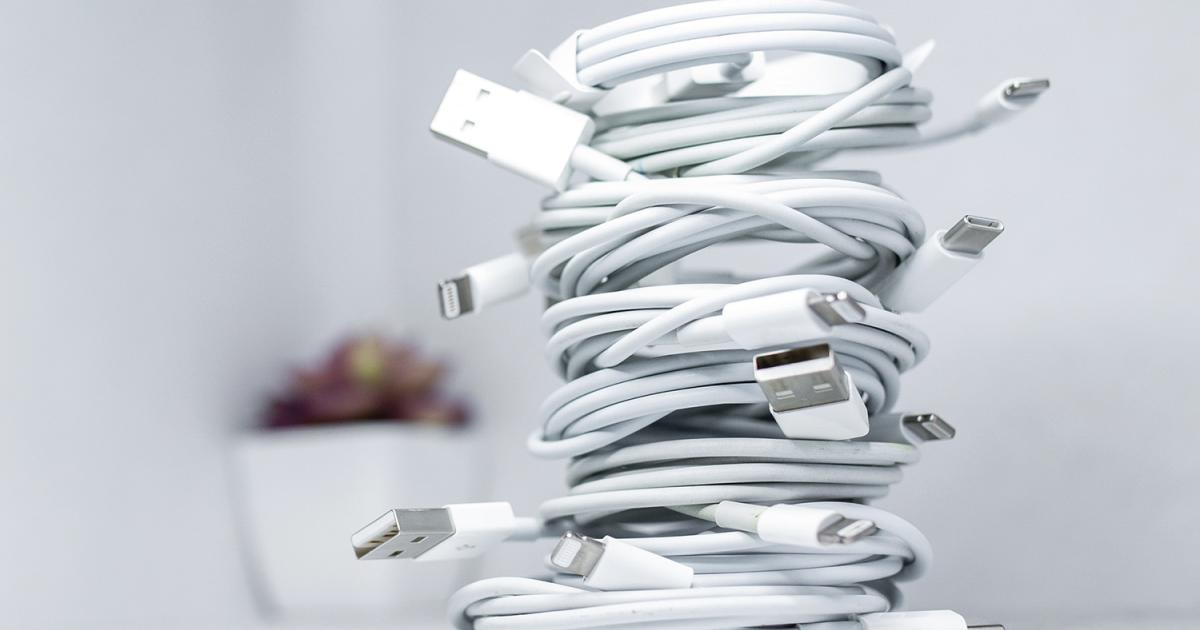How did a “perfect storm” in Texas – extreme weather and unprecedented energy demand – trigger power shutoffs in parts of North Dakota?
“When we have all kinds of coal, wind and natural gas generation in North Dakota, why were we impacted?” says Travis Kupper, co-general manager/CEO for the Innovative Energy Alliance Cooperative, which serves four electric distribution cooperatives in North Dakota – KEM Electric Cooperative, Mor-Gran-Sou Electric Cooperative, Roughrider Electric Cooperative and Slope Electric Cooperative.
Many North Dakotans and electric cooperative members have rightly been asking similar questions since a nearly two-week February coldsnap that stretched from North Dakota to Texas almost crippled the power grid.
There are many links in the power supply chain that connect together to generate and deliver power to electric consumers. These links work in harmony to achieve a stable electric system – a sort of balancing act that requires electric generation supplying the grid be equal to electric demand.
The answer, in part, lies in the interconnectedness of the power grid, Kupper says. There are many links in the power supply chain that connect to generate and deliver power to electric consumers. Together, these links work in harmony to achieve a stable electric system – a sort of balancing act that requires electric generation supplying the grid be equal to electric demand, or the electricity coming off the grid. When this balance of power supply and demand is lost, the entire system is at risk of failure.
“With the February event, it is important to note the system performed as it’s designed to,” Kupper says. “Interconnectedness helped maintain the integrity of the grid. By shedding load, the grid didn’t end up at a point where load (demand) exceeds generation (supply). Shutting it down, and implementing the rolling blackouts, is part of the system.”
WHAT HAPPENED?
Polar vortex conditions began in the Upper Midwest about Feb. 8. By Valentine’s Day, Feb. 14, the cold weather moved south, as far as the Texas-Mexico border.
“The weather event drove a lot of this,” Kupper says. “What we were seeing as the subzero temperatures kept pushing south, where they have more electric-heat systems, they were demanding more power as it got colder.”
The generation available to supply the grid was not enough to meet this increased demand for electricity.
“The reason we didn’t have all the power needed is because of generation issues in that southern footprint,” Kupper says, due to 185 of more than 800 generation plants in the Southwest Power Pool (SPP) 14-state footprint being offline during this extreme weather event.
Some power plants, for example, were offline due to scheduled or unscheduled maintenance. Generation resources in warmer climates aren’t always equipped to operate in subzero temperatures, unlike their counterparts in colder climates like North Dakota. There were also fuel supply issues, as natural gas pipelines froze in Texas, where they’re buried at shallower depths. SPP reported gas generation contributed to about 60 percent of total unavailability during peak conditions. And while wind generation was performing as it was forecasted to perform, Kupper says, there simply wasn’t going to be a lot of it. Ice conditions and cold temperatures can stop wind turbines from producing, like a gelling diesel pickup idle in winter.
SPP is one of two regional transmission organizations (RTO) with a footprint in North Dakota. Midcontinent Independent System Operator (MISO) is the other. As RTOs, SPP and MISO act as a balancing authority for member systems. They do not own generation assets, nor directly serve the load, but they are responsible for balancing supply and demand. Similar to the role air traffic control plays in the airline industry, ensuring planes and passengers get safely from point A to point B, RTOs monitor and direct the flow of power, on and off the bulk power grid, to ensure electricity gets from where it’s made to where it’s needed.
On Feb. 9, SPP declared “conservative operations” until further notice, and by Feb. 14, it requested member companies issue public appeals for conservation. The next day, Feb. 15, SPP declared an Energy Emergency Alert (EEA) Level 3 – the first time it has declared a Level 3 alert in its 80-year history – as systemwide generating capacity dropped below power demand.
While both SPP and MISO experienced increased demand during this February cold-weather event, MISO never reached the level of a “Maximum Generation Event” or “max-gen event,” which is its equivalent to SPP’s EEA Level 3.
WHO SHUT THE POWER OFF?
When SPP declared an EEA Level 3, transmission operators within SPP’s system were directed to shed load. These transmission operators then implemented the controlled power interruptions needed to effectively bring demand to a safe level and stabilize the grid.
Shutoffs in North Dakota were made by the Western Area Power Administration (WAPA), the primary transmission operator for electric cooperatives and municipalities in the region. WAPA is one of four power marketing administrations within the U.S. Department of Energy and is charged with marketing and transmitting wholesale energy to a 15-state region.
“WAPA was told they needed to reduce load – at one point 3 to 6 percent – and weren’t given much time to do so,” Kupper says. “In some cases, WAPA had 10 minutes to make that decision on what delivery points were effectively shut off.”
As a result, electric cooperatives had little to no notice of the power interruptions.
When WAPA cut the power to Verendrye Electric Cooperative’s first substation Feb. 16, dispatchers received a one-minute notice. That morning, more than half of Capital Electric Cooperative members experienced outages during the peak morning hours, at 7:23 a.m. and 8:43 a.m. Power shutoffs by WAPA in McKenzie Electric Cooperative’s service territory not only impacted residential households, but also impacted natural-gas processing, where a large part of the cooperative’s load comes from serving the oil and gas industry. Most outages lasted 45 minutes to an hour.
The protection measures, however, worked. The integrity of the grid was not compromised, and a far more devastating energy event was avoided.
WHAT WILL WE LEARN?
“There’s going to be a lot of studies of this event. Our industry will be hearing about this for years,” Kupper says. “At the end of the day, I hope it makes our entire electric system better. If weather events happen in North Dakota, we don’t want it to impact people in Oklahoma and Texas and other parts of our system.”
Many of North Dakota’s electric cooperatives received calls and inquiries from their members due to this unprecedented energy crisis. Extensive post-event reviews are underway to learn from this and further strengthen the system. SPP has promised to collaborate with members and industry to ensure the region is equipped to manage future crises effectively, review processes and comply with all regulatory inquiries.
For some, the conversation has turned to energy generation, resiliency and reliability.
“In some ways, our cooperatives have kind of been a victim of our own success, because we have done such a good job. We have taken power to pretty much any place you want it, you can get it,” Kupper says. “Expectations are that you want the power on, and you fully expect it to be on – and 99.9 percent of the time it works that way. We want to thank our electric cooperative members for their patience and understanding as we work through this. We’re going to continue to do everything we can to provide them the service and quality they’ve come to expect from us.”
Cally Peterson is editor of North Dakota Living. She can be reached at cpeterson@ndarec.com.











